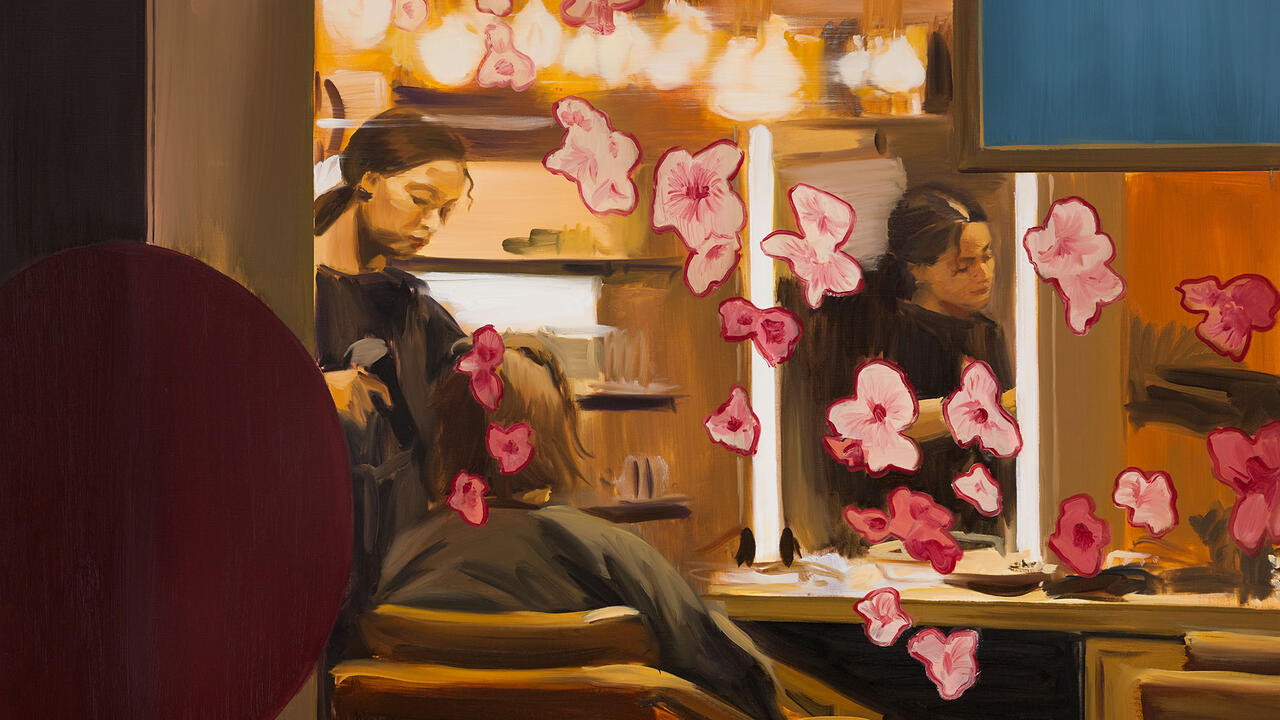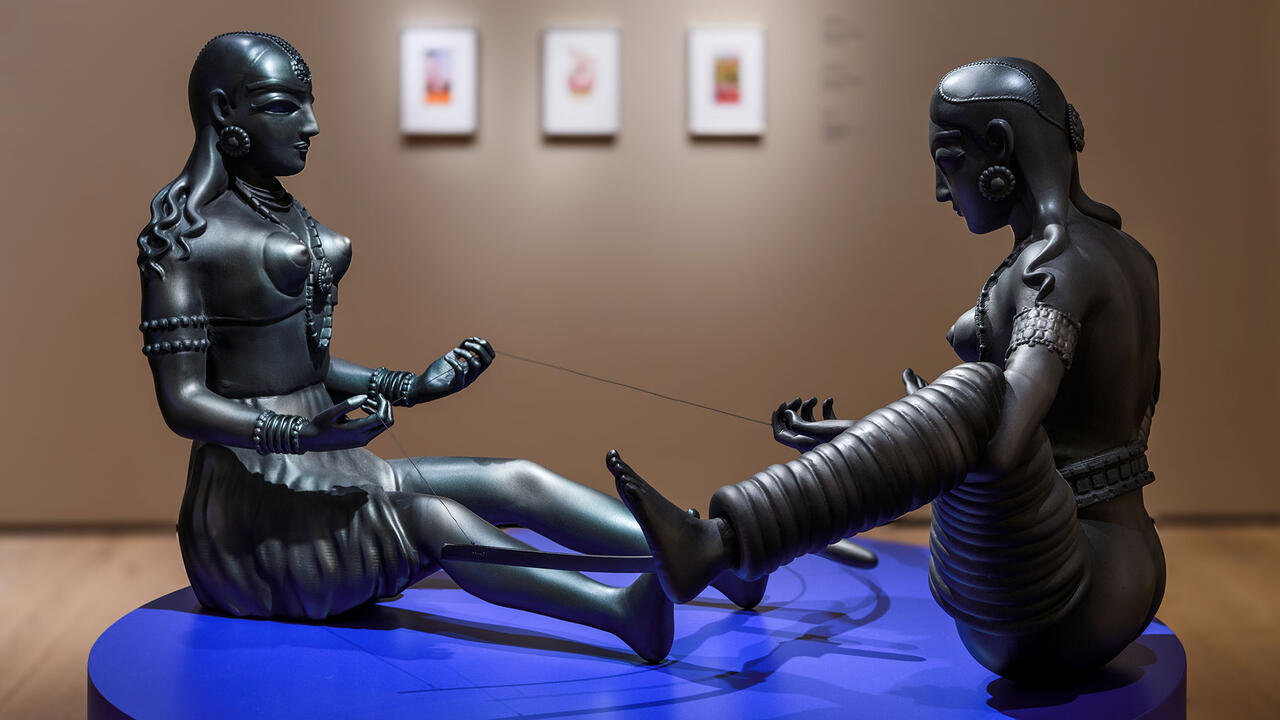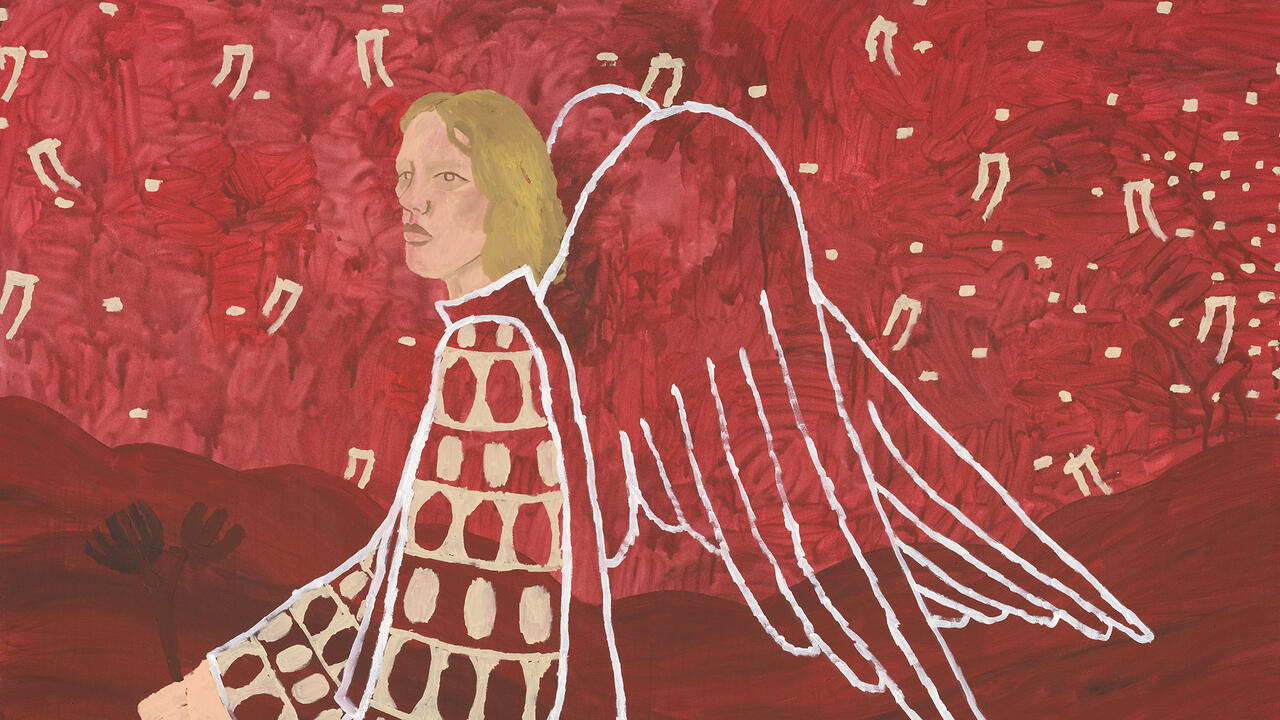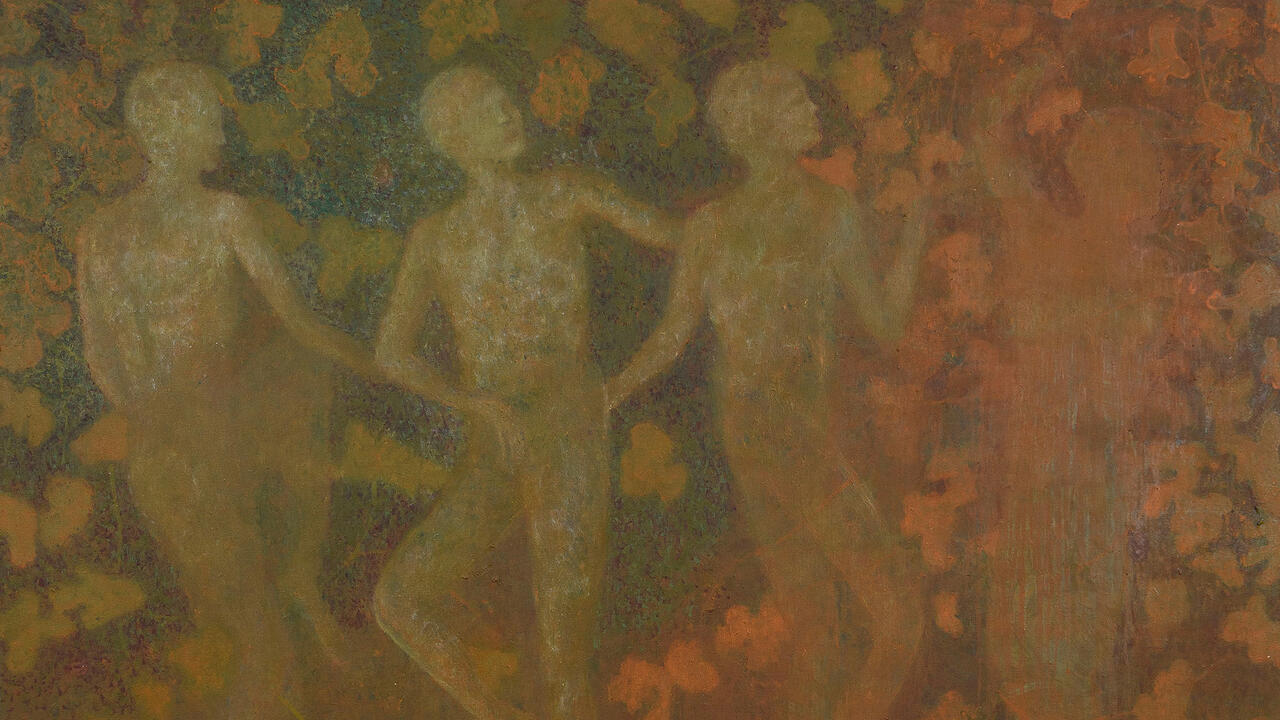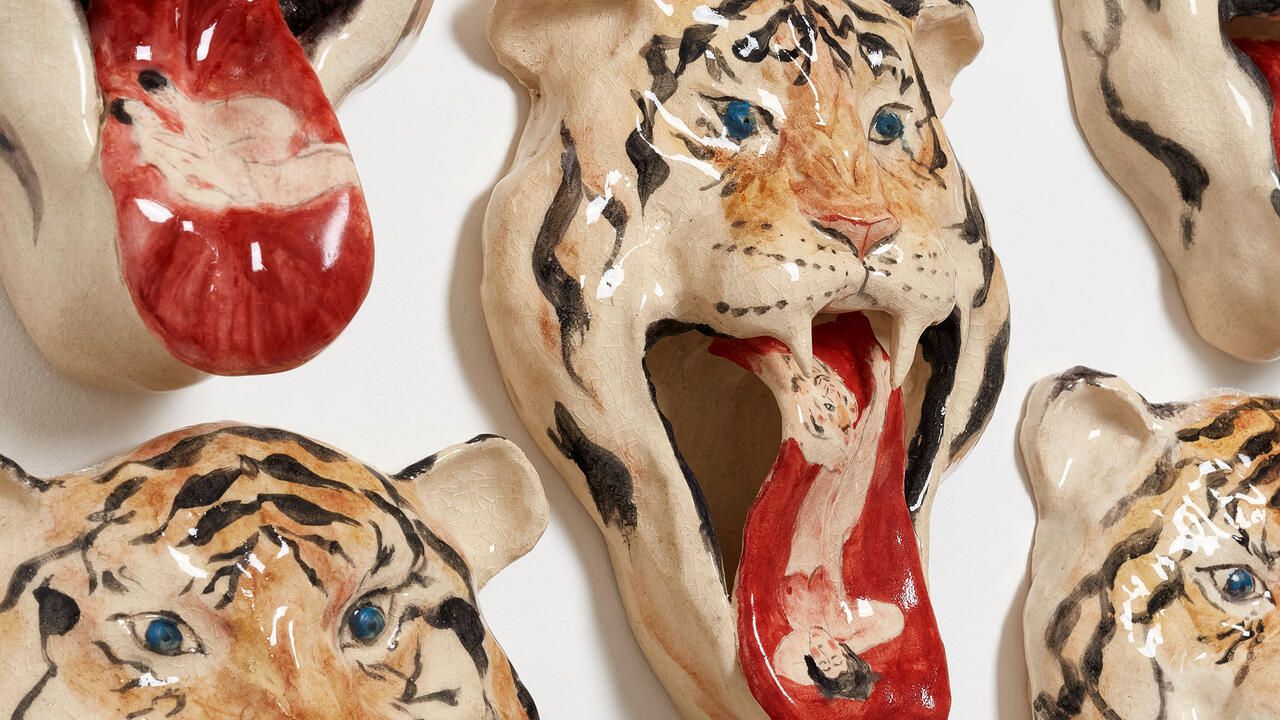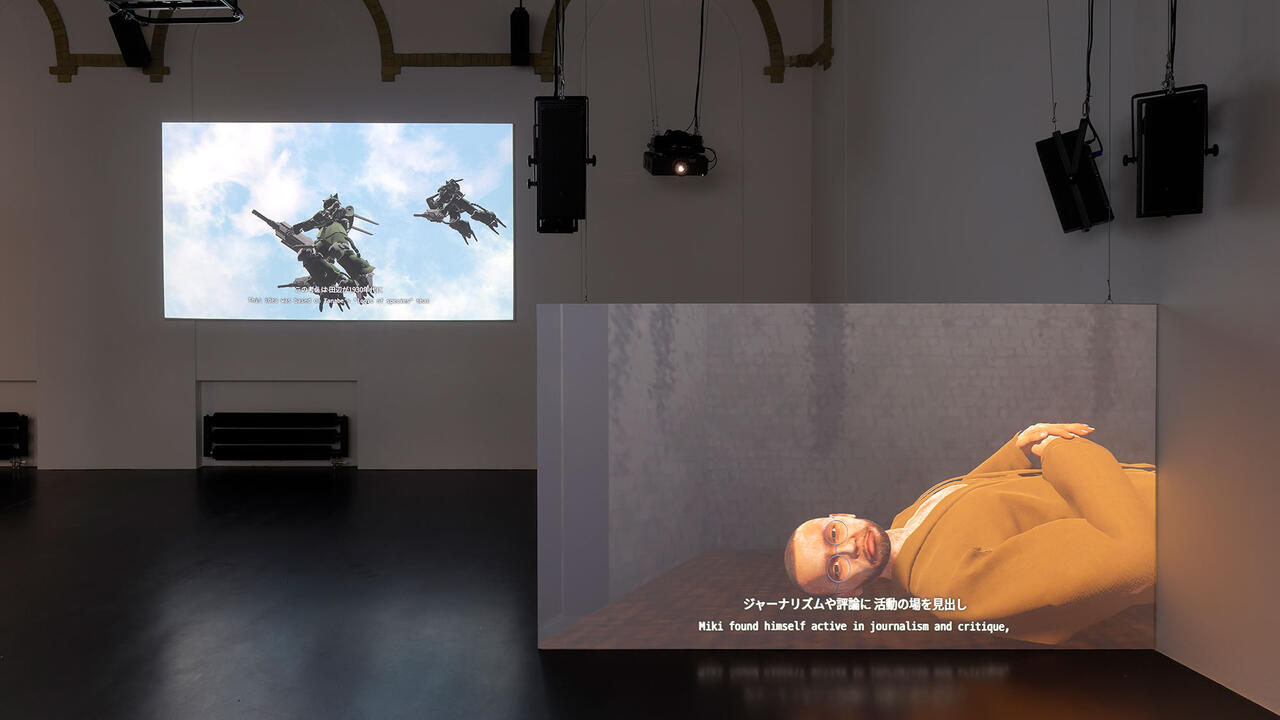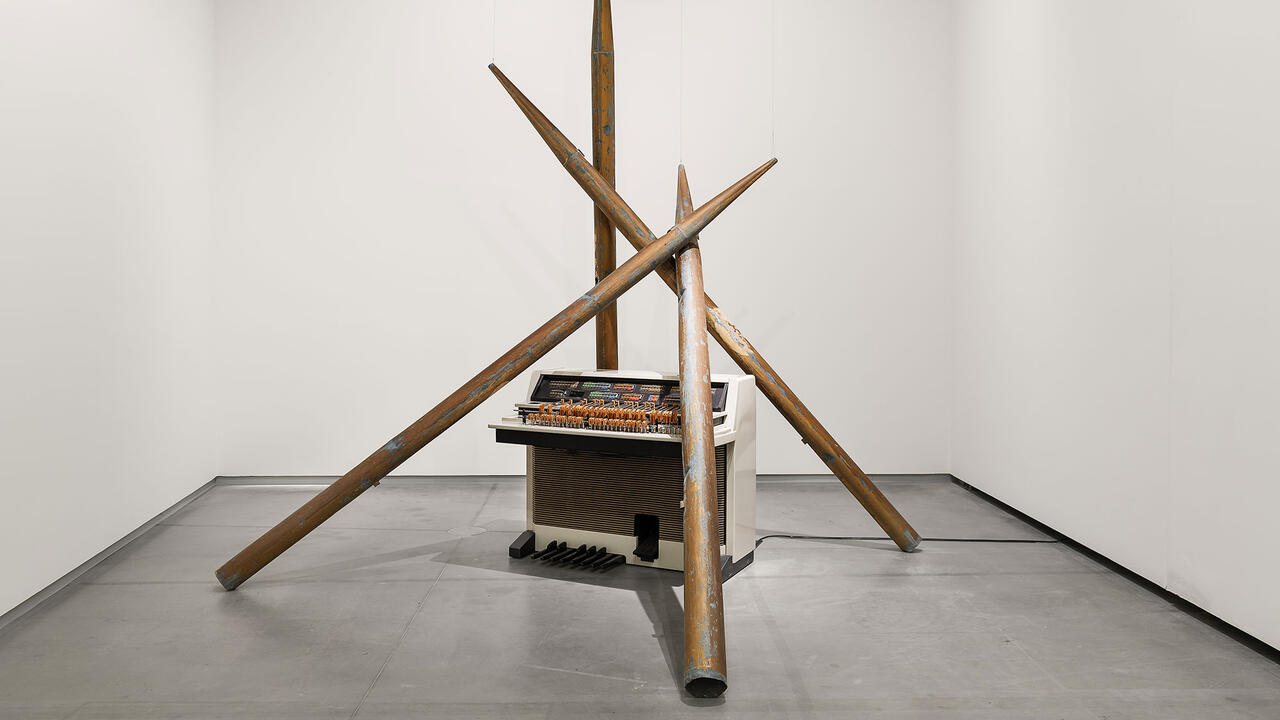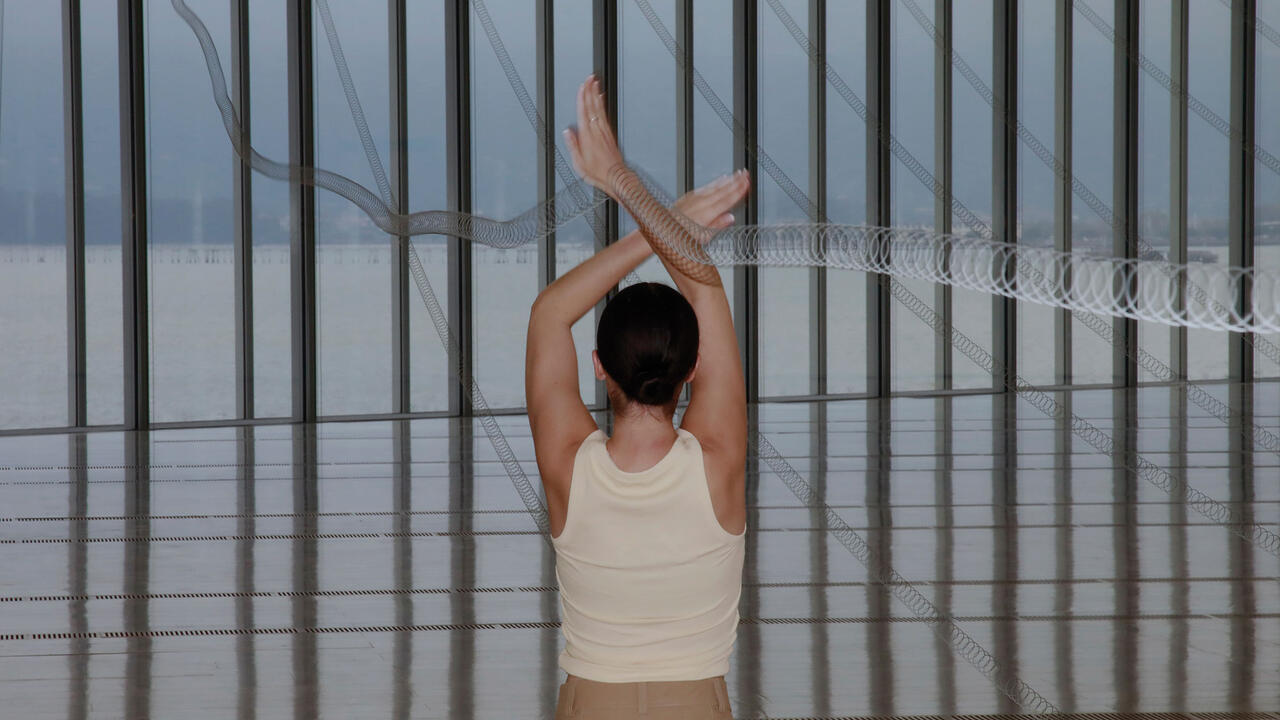‘Jeu de Paume’ Looks At How Images Mediate our Experience of the World
The first edition of the Parisian festival brings together twenty-seven artists who grapple with technologies of image-making
The first edition of the Parisian festival brings together twenty-seven artists who grapple with technologies of image-making

‘Fata Morgana’ – the title of the first edition of the Jeu de Paume festival, which includes an exhibition, performances, screenings, events and even a French language podcast – is a form of mirage that appears over water. Developing this theme, the majority of the 27 artists present work that explores what the introductory text calls the ‘modalities of the visual’, examining how optical techniques or technologies produce the images which mediate our experience of the world, as well as considering how vision connects with the other senses.

These concerns are announced subtly in the choice of the curator Béatrice Gross – who is assisted by artist Katinka Bock – to begin the exhibition with a series of untitled photographs by Rachel Harrison (all 2001) displayed in the museum entrance hall. Each image depicts the exterior window of a clapboard house, with a different person reaching their hand out of the open bottom part of the window and placing their palm on the glass of the pane above. The series ends with a photograph of the windowpane without a hand, only the accumulated smudges of various handprints.

and Greene Naftali, New York
These themes are further reflected in the first room by photographer Jochen Lempert who develops his own work. His unframed prints are arranged on the wall as a form of photomontage, but the narrative between them remains ambiguous. How is the relationship, for example, between Boy (Vancouver) (2017), Rome, Bees (both 2013) and Etruscan Sand VII (2011–21)? The question seems part of the point, highlighting the inherent gaps between narrative and depiction, while the hand-developed quality of the prints highlights their tactile qualities as objects. Near them, Marina Gadonneix’s Untitled (Clipped branches, Jeff Wall) (2014) and Untitled (At the Drum, Eugène Atget) (2015) are two examples on display from the artist’s series ‘Après l’image’ (2014–15). In this series, Gadonneix depicts the parenthetically cited photographs during their deinstallation, or after they have been put away.

The style and form of images differs throughout the exhibition. Two artists, for instance, produced holograms. In five untitled works (all 2021), Daniel Steegmann Mangrané depicts various still lifes featuring, branches, leaves, insects, reminiscent of Henry Fox Talbot's earliest photographs. David Levine’s Dissolution (2022), an installation involving projections, holograms and a voice recording, takes us into the mind of a character as their grip on reality loosens. The sculptural works exhibited include Euridice Zaituna Kala’s Personal Archive: An Exercise on Emotional Archeologies (2020), which began after the artist was invited to research the archive of French photographer Marc Vaux. Finding a few images of Black subjects, Kala created a set of sculptures, incorporating photo negative glass plates, to both react to and reclaim these underrepresented images and stories.

Ultimately, the exhibition reminded me somewhat of Bob Nickas’s ‘Phot(o)bjects’, a 2009 group show at Presentation House Gallery of work which highlighted the ‘objectness’ of photography, and Carol Squire’s ‘What Is A Photograph’ at the International Center of Photography in 2014, which expanded the definition of photography-based contemporary art. Both of those earlier exhibitions signaled attempts to rethink contemporary art’s relationship to traditional photography, perhaps partly influenced by the uncertainty that online and digital images produced in analogue practitioners at the time. ‘Fata Morgana’ follows this path, exploring how artists grapple with the numerous optical techniques and technologies of image-making. But instead of being overshadowed by digital and online images, the festival senses that contemporary image production is something far more varied, no longer anxious about the multiple changes that have transformed the presence of images in our daily lives.
‘Fata Morgana’ is on view at Jeu de Paume until 22 May 20202.
Main image: ‘Fata Morgana’, 2022, exhibition view, Jeu de Paume, Paris. Courtesy: Jeu de Paume, Paris; photograph: François Lauginie









